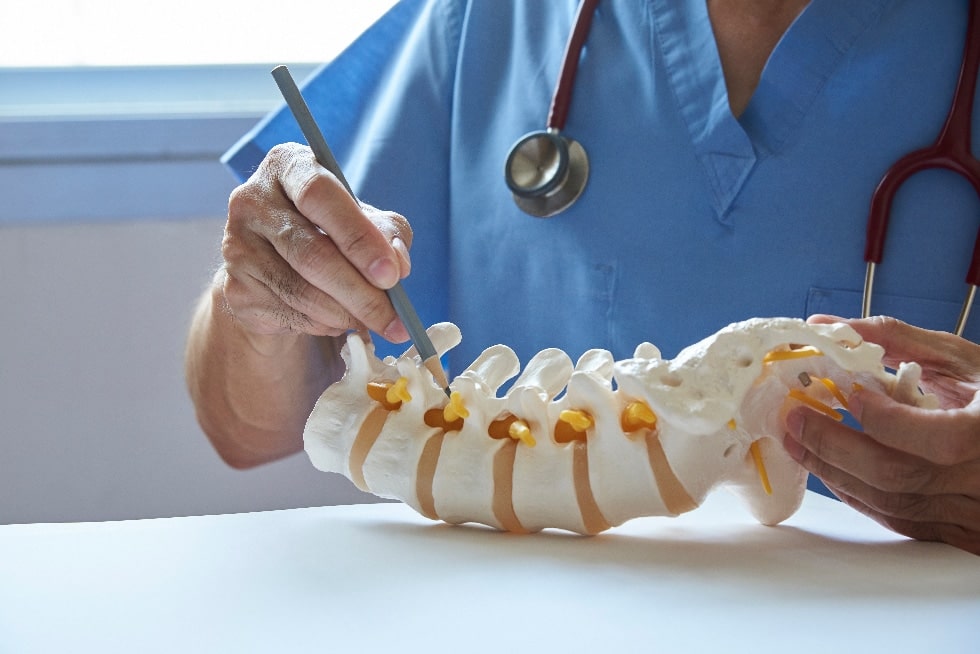According to the NIH, over 33% of Americans have varicose veins. You can inherit the ability to develop varicose veins, or you may get them due to other reasons like pregnancy. It is vital to seek Sebring varicose vein treatment to avoid aggravated symptoms. Extremely damaged or crippled walls of valves of the veins in your legs can put you susceptible to various conditions. These conditions may include lung embolism, open sores in your legs, and vein inflammation.
Doctors often advise trying out conservative treatment options for varicose veins. Common conservative therapies can involve avoiding straining your legs for an extended period and exercising to strengthen your legs’ structures. You might also be required to wear stockings that compress and massage the affected veins to encourage them to work as usual.
Although non-surgical treatment options for varicose veins are safe, you may need other treatments to address that problem effectively. In that case, your doctor can recommend the latest treatments, which are VenaSeal and Varithena. Here are the things to note about the two procedures.
VenaSeal
As a relatively new, minimally invasive procedure, VenaSeal can allow your doctor to treat your varicose veins quicker and more effectively. The procedure involves your healthcare provider infusing a medical-grade adhesive or glue within varicose veins.
A tiny tube or catheter inserted using a needle takes the medical adhesive formula to varicose veins. Your doctor will use ultrasound to place the catheter into the bulging vein through a small incision on the leg. The walls of diseased veins are made to hold firm through the action of the medical-grade glue and light pressure applied externally.
Eventually, diseased veins do not have enough space in their insides to allow the normal passage of blood. Consequently, the blood initially meant to pass through diseased veins gets redirected to pass through healthy veins.
After the complete closing of diseased veins in the legs, they become absorbed by the body, making them never reappear. Within a month, you should see a lot of improvements in the appearance of your legs.
Varithena
Varithena is a procedure that can provide relief against venous reflux disease and varicose veins. The FDA-approved treatment works by allowing your doctor the opportunity to deliver a gentle foam into diseased veins. Your doctor relies on ultrasound technology to allow the injection of the gentle form into diseased veins.
The polidocanol injectable foam introduced into diseased veins makes them not allow the flow of blood. Eventually, the microfoam causes the walls of diseased veins to collapse. The collapsing walls of diseased veins force their blood into healthier veins.
Once your doctor completes treatment, lasting about 20 minutes, the incision sites are wrapped using a compression bandage. The use of compression stockings or bandages can help prevent infections and stimulate quick healing.
The main advantages of Varithena and VenaSeal are that they produce fewer, moderate side effects than surgery. Also, they allow you to eliminate the pain and unattractiveness of your legs.
Contact Florida Lakes Spa today to schedule an appointment with a specialist that provides skin care services, including Varithena and VenaSeal.




